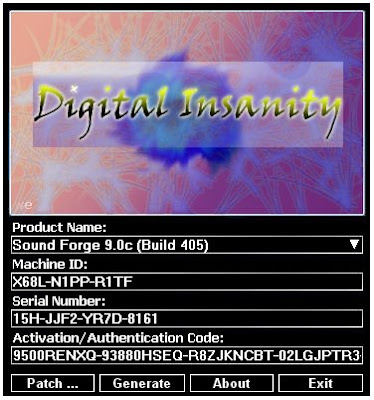Chevrolet Serial Number Identification
Chevrolet Serial Number Identification Average ratng: 4,1/5 9720 reviews
©2014, Full-Size Chevrolet Research Group Edited by Warren Leunig Version: Monday, 11-Aug-2014 03:21:20 EDT VIN Information • • • • Cowl Tag Information • • • • • Vehicle Identification Number (VIN) The Vehicle Identification Number (VIN) for the fullsize Chevrolets built in the United States had 4 components – the model year, the body style, the assembly plant designation, and sequential serial number. 1964-1966 Canadian VIN’s had a different format, see. The VIN number plate can be found on 1964-1967 Chevrolets by looking at the A-pillar in the front door jamb.

Note: This product is intended to provide a general description of the information generated by the entered vehicle's Vehicle Identification Number (VIN) and some pieces of data may be general to that specific model and not entirely accurate for the vehicle specified. Note: This product is intended to provide a general description of the information generated by the entered vehicle's Vehicle Identification Number (VIN) and.
Starting in 1968, it was moved to the driver’s side dash panel and can be seen by looking through the windshield. Up through 1964, the VIN number was 12 characters. This early format had the model year at the front followed by the body style, assembly plant designation and sequential serial number. Starting in 65, it changed to 13 characters.
The only change was that the body style was now in front followed by the model year. The year is identified by the last numeral in that year so 4=1964, 7=1967, 0=1970, etc.
Body Style Number The body style number consists of three parts. The first part is always 1 to designate Chevrolet, 2nd for the series and 3rd for the specific body style. An odd third digit designates a 6 cyl. Engine, while an even number designates an 8 cyl. There were quite a few body style codes used from 1964-1970 due to the wide array of models available such as the Impala, Bel Air, Biscayne and Caprice. The Impala Super Sports even had their own body style code from 1964-1967. All body style codes in 1964 were four digits, which were changed to five for the 1965 model year.
Livros de romance hot para baixar em pdf. The basic format remained the same though. In addition, the body style number also appears on the cowl tag, typically in a V8 format. Sample 1964 body style breakdown – 1569 (1) Chevrolet (5) Bel Air series (6-cyl) (69) Four door sedan Sample 1969 body style breakdown – 16639 (1) Chevrolet (66) Caprice series (8-cyl) (39) Four door sport sedan Here is a chart showing all the body style numbers for each of the years.
The majority of the assembly plants showed an 8 cyl. Body style on the cowl tag, regardless of the engine size. However, some plants showed a 6 cyl. Designation if the car was to have such an engine. When trying to figure out if your car had an L6 or V8, always go by the VIN number. Here is a chart of VIN number assembly plant codes. 
Plant years in parenthesis The last six digits of the VIN# are the sequential serial number. All assembly plants started at 100001 except in 1969. Number 2 would be 100002, etc. To find out your sequence number, you can subtract 100,000 from it. In 1969, all assembly plants except for Janesville and Lordstown start the sequence at 000001. Sample 1964 VIN number decode – 10 (4) 1964 (1169) Biscayne 4-door sedan – 6 cyl.
Engine (S) St Louis, MO assembly plant (207810) 107,810th fullsize Chevrolet built at St. Louis, MO Sample 1965-1970 VIN number decode – 140 (8) 1968 (16487) Impala 2-door sport coupe – 8 cyl. Engine (J) Janesville, WI assembly plant (206840) 106,840th fullsize Chevrolet built at Janesville, WI 1964-1966 Canadian VIN Format Before 1967, the Canadian VIN format was different than what was used in the U.S. It started with the year followed by the body number and the sequential serial number. No plant code was used. The last six started at 000001.